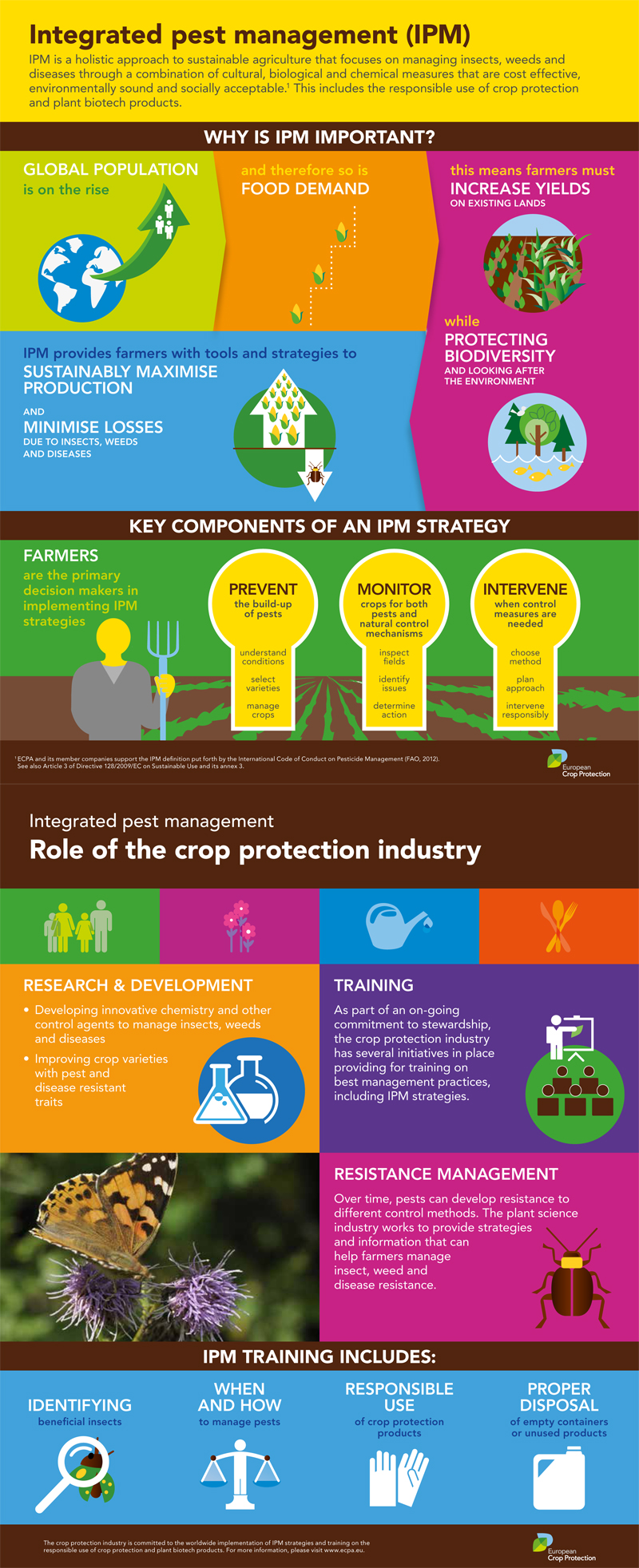Understanding Rodent Behavior: Professional Insights For Effective Bug Control
Understanding Rodent Behavior: Professional Insights For Effective Bug Control
Blog Article
Writer-Riddle Brun
Picture having the ability to prepare for the relocations of your challengers in a game of chess, always remaining one action ahead.
Worldwide of bug control, recognizing rodent habits resembles having that calculated advantage. By getting specialist insights right into the nesting behaviors, feeding patterns, and interaction and social actions of rats, you can effectively fight these pesky animals.
But exactly how precisely do rodents act, and why is it vital to understand? In this discussion, we will certainly untangle the secrets of rodent actions, supplying you with useful expertise that will certainly aid you remain ahead in the fight against insects.
Are you all set to reveal the secrets of these cunning animals?
Nesting Habits
To comprehend rodent behavior and efficiently control pests, it is necessary to acquire insight into their nesting practices.
Rats, such as mice and rats, have a natural instinct to find sanctuary and produce nests where they feel safe and secure. These nests serve as their homes, reproducing premises, and storage space locations for food. Understanding their nesting practices can assist you determine possible locations of infestation and implement targeted control procedures.
view website favor nesting in dark, secluded rooms, such as attics, basements, crawl spaces, and wall surface gaps. They use products like shredded paper, fabric, insulation, and also chewed-up electric cords to build their nests.
Feeding Patterns
Rodents show unique feeding patterns that play a crucial function in their behavior and can notify reliable parasite control approaches. Comprehending these patterns is necessary for implementing successful parasite control procedures.
Rodents are opportunistic feeders, implying they'll take in whatever food is easily offered. They like high-calorie foods such as grains, nuts, and seeds. This is why proper storage space of food and waste monitoring are important in preventing rodent infestations.
Additionally, rodents are nighttime, which implies they're most energetic throughout the evening when they look for food. By knowing their feeding patterns, you can purposefully position catches and baits to maximize their efficiency.
Keeping food sources unattainable and preserving a tidy setting can help deter rats and decrease the risk of infestation.
Interaction and Social Behavior
Comprehending exactly how rats connect and engage socially is critical for reliable bug control methods. Rodents, like mice and rats, have complicated interaction systems that they make use of to communicate info to every other and collaborate their tasks. Below are three essential elements of rodent communication and social actions:
1. Vocalizations: Rats create a wide range of vocal sounds, consisting of squeaks, tweets, and chattering, to communicate with each other. These vocalizations can convey various messages, such as danger warnings or mating telephone calls.
2. Scent noting: Rats utilize scent glands to leave chemical signals on items and in their atmosphere. These scent marks work as territorial limits and connect information concerning reproductive standing, dominance, and social affiliation.
3. Social hierarchy: Rats have a hierarchical social structure, with dominant people having accessibility to sources and favored nesting sites. Understanding this power structure is important for targeting insect control efforts and identifying crucial people for elimination.
Read More In this article , there you have it - a short look into the fascinating globe of rodent behavior. By comprehending their nesting behaviors, feeding patterns, and communication, we can much better tackle the issue of bug control.
Did lawn flea treatment know that a female mouse can produce approximately 10 trashes per year, with each litter containing around 5-6 dogs? This amazing fact highlights the importance of punctual and effective bug management to avoid rodent populations from spiraling unmanageable.
